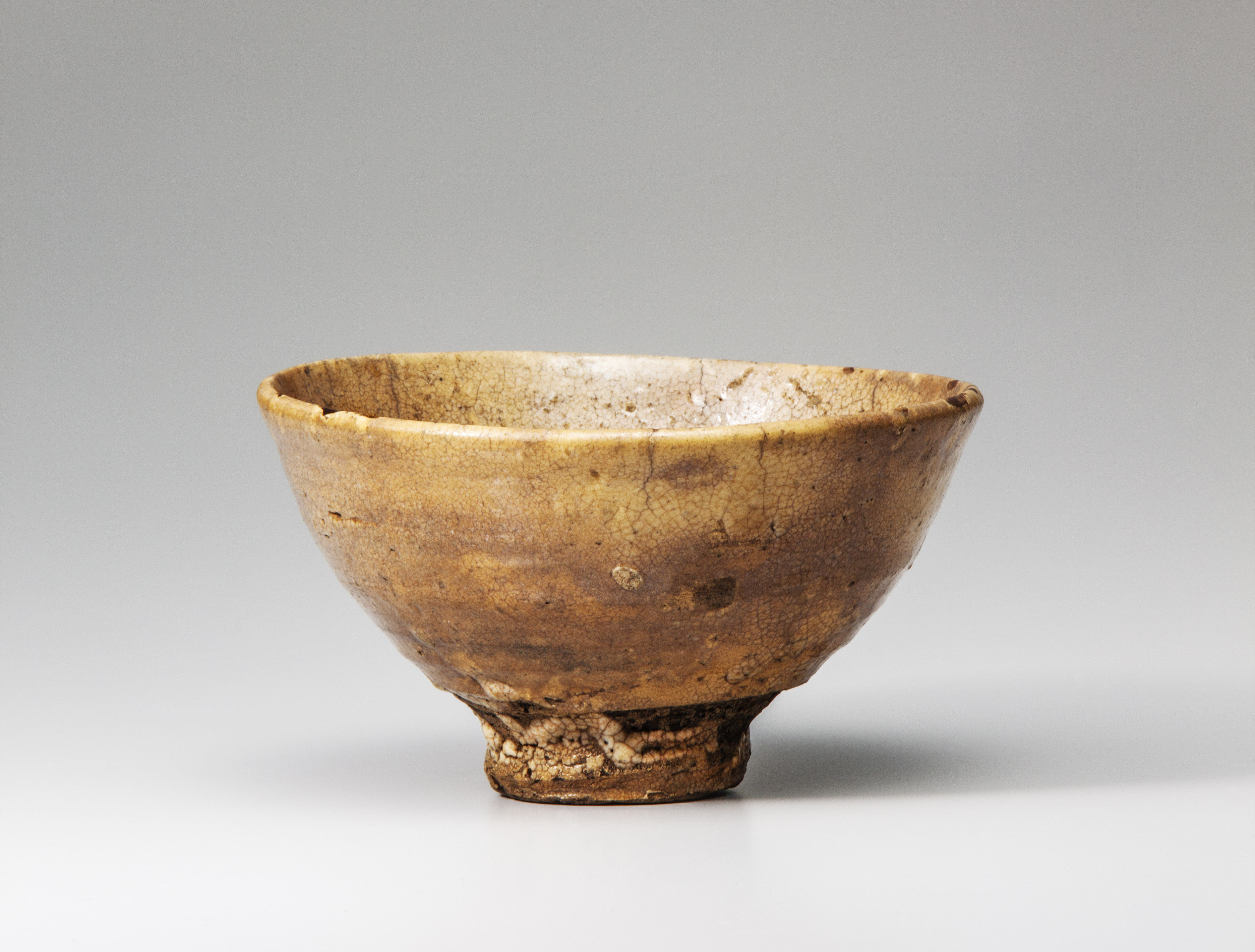"Ido Tea Bowls: Treasured Possessions of Muromachi Daimyo," currently showing at the Nezu Museum, presents an array of 72 rare tea bowls that were once owned by renowned warlords, tea masters and Buddhist temples. Produced by country potters in kilns in Korea's South Kyungsang province, these bowls were originally for domestic use and became treasured by Japanese tea masters and Muromachi Period (1338-1573) warlords for their rustic simplicity and rarity. They came to play a pivotal role in Japanese history.
To explore the history of these masterpieces, we must look back to the 16th century, a period of civil war in Japan, when the art of the tea ceremony became one of the most important political tools of the time. While the tea ceremony practiced by the aristocracy and warlords of the early 1500s had been modeled after an elegant approach to serving tea that originated in China, the influence of Zen Buddhism soon led to it developing in Japan into a new form.
Under the creative influence of leading tea masters of the day, such as Sen-no-Rikyu (1522-1591), a much more spartan approach to the tea ceremony developed that valued rusticity and simplicity. Known as wabi-cha, it emphasized ritual to reinforce the communal nature of life and the spiritual bond that its practitioners believe exists between all people. For the first time, in place of the then-standard practice of offering each guest a separate bowl of tea, the tea ceremony incorporated the serving of "thick" tea, called koi-cha, to be shared communally from a single bowl that was passed among participants in the ritual.

















With your current subscription plan you can comment on stories. However, before writing your first comment, please create a display name in the Profile section of your subscriber account page.